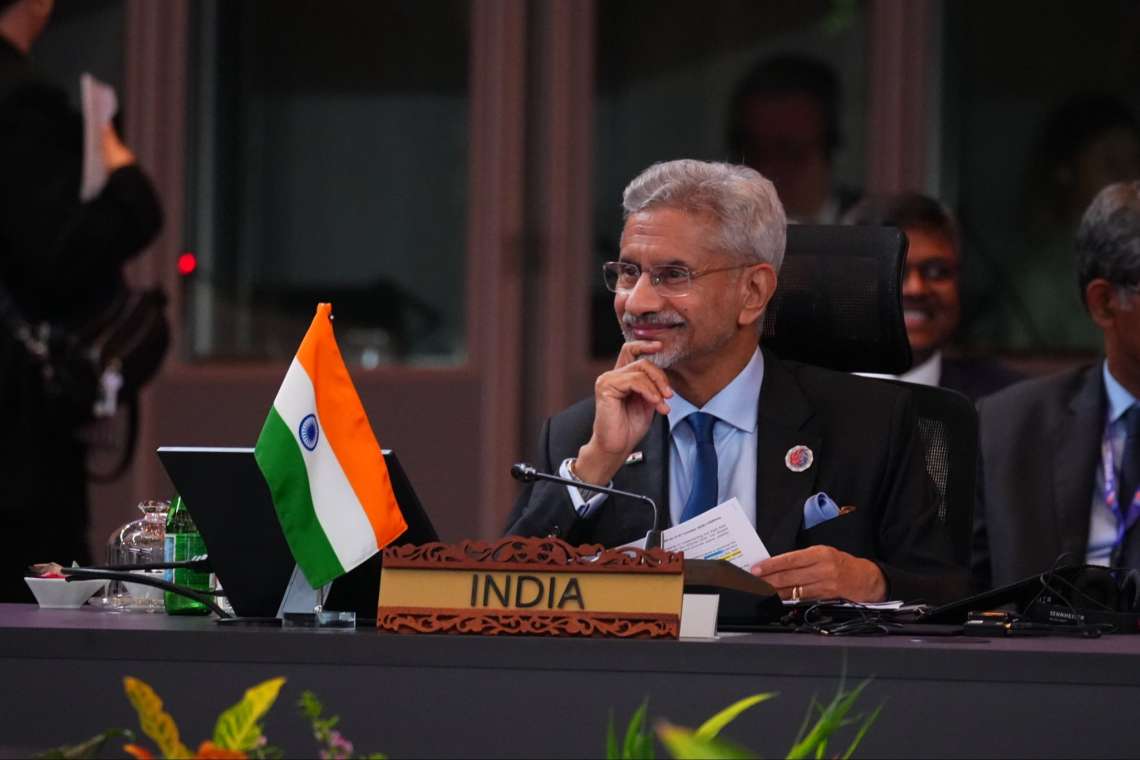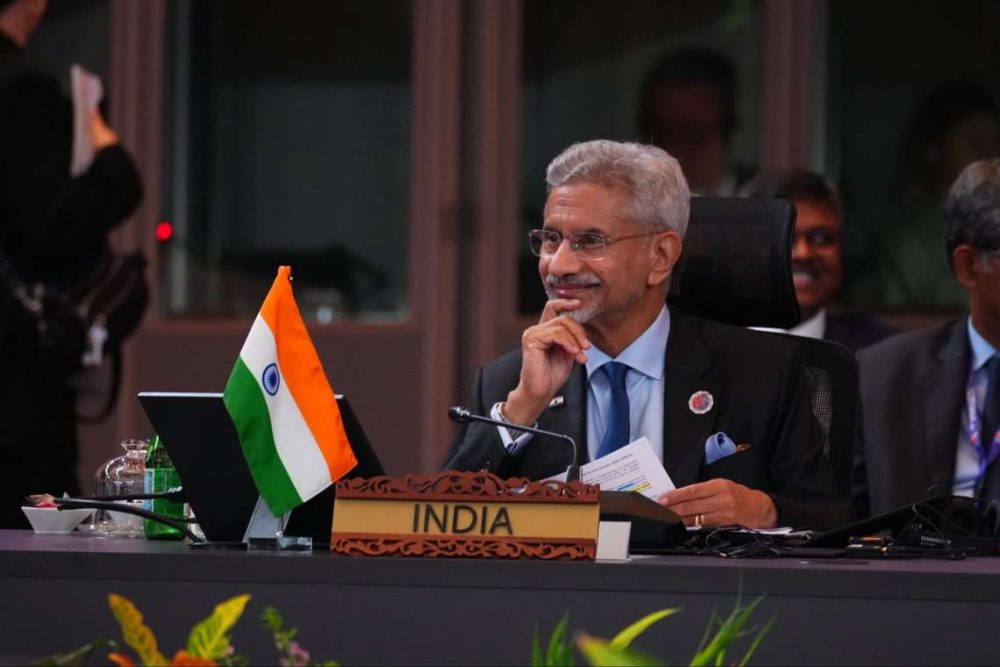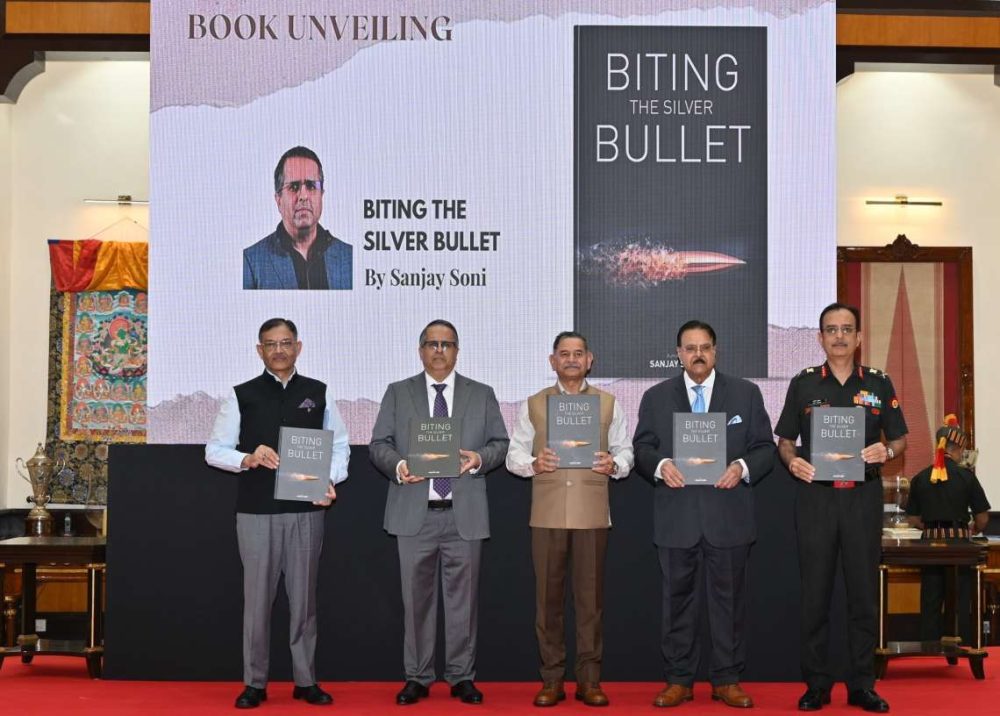The US military vehicle tyres are now equipped with run-flat inserts, but the defence department wants to upgrade them to a zero-pressure tire…reports Asian Lite News
Kerala-born Abraham Pannikottu’s American Engineering Group (AEG) has received funding from the US Department of Defence to develop and manufacture zero pressure tyres for the US Army.
The Ohio-based firm specialises in carbon fibre pressure zero tyre technology, which ensures that the tyres will continue running even after being shredded by roadside bombs or gunfire.
“…the first pressure “Zero” tyre will be delivered in 2023. Bringing this military tyre from concept to reality has been a long, two-decade journey for AEG,” said Pannikottu, a polymer researcher and businessman, who also serves as the firm’s CEO.
The development of this manufacturing technology replaces current run-flat inserts inside military tyres for both manned and unmanned-autonomous vehicles, a company statement stated.

The 2022 Omnibus Appropriations Bill will spend $782 billion on national defence spending, which includes $5 million in developing next-generation technologies like the carbon fibre pressure zero tire technology.
The new technology tyres dissipate heat and have the flexibility and strength to support the heavy military pick-up weight while providing a relatively smooth ride, it noted.
The US military vehicle tyres are now equipped with run-flat inserts, but the defence department wants to upgrade them to a zero-pressure tire that is better at carrying heavier loads and can quickly move soldiers out of harm.
“Defence vehicle weight requirements are increased so much that the current tyres cannot support the load and DOD (Department of Defence) wants to create a tire that extends the mobility of the vehicle as well as the survivability and maintainability. That is where AEG’s new zero pressure tire comes to rescue,” said AEG President Thomas Abraham.
Based on phase-1 results, the new AEG Zero Pressure Tyre withstood a minimum of 50 mph speed for 300 miles after being hit with a high-velocity rifle several times.
According to the company’s engineers, the durability characteristics of this design will be studied further in phase-2 on four different tyre sizes from four different Department of Defence’s special operations vehicles.














